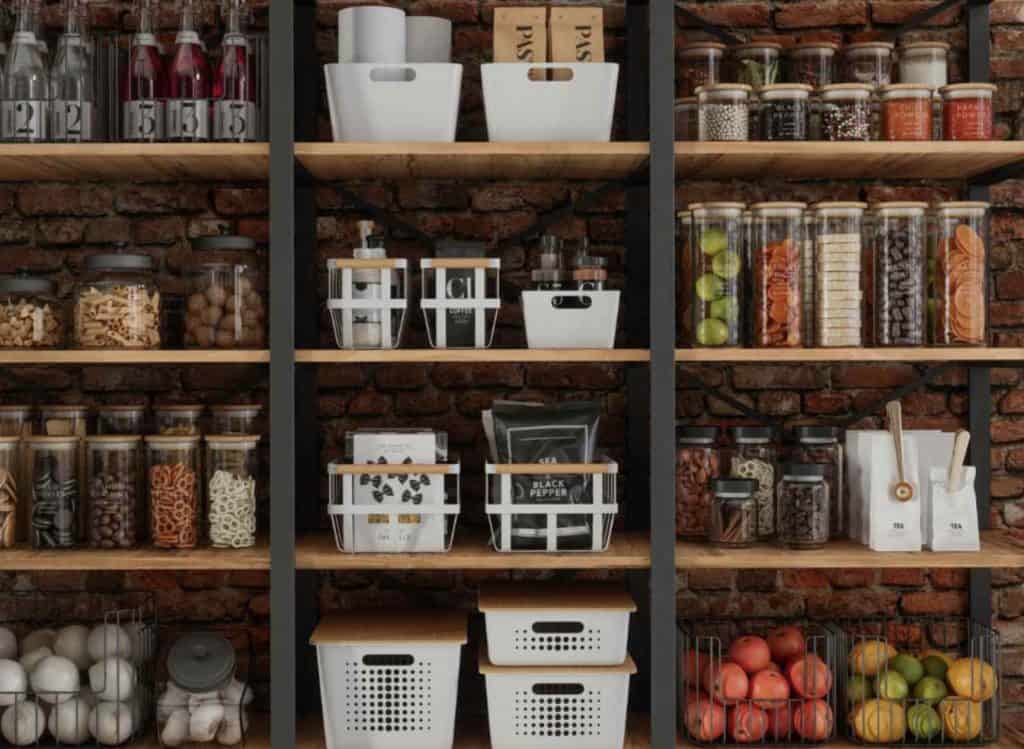
Transform Your Home with Organised Kitchen Cupboards
Having organised kitchen cupboards can revolutionise your cooking experience, turning your kitchen into a seamless, stress-free space. A neat and orderly kitchen doesn’t just look appealing; it saves time, reduces hassle, and makes meal preparation far more enjoyable. Whether you’re working with a compact kitchen or a spacious setup, follow this step-by-step guide to perfectly organise your kitchen cupboards!
Step 1: Declutter Your Cupboards
The first step to achieving organised kitchen cupboards is decluttering. Empty every cupboard and lay the contents out on your counter or dining table. This gives you a clear view of what you own and lets you decide what’s worth keeping.
Decluttering Tips:
- Sort by category: Group similar items, such as baking supplies, canned goods, or spices, to get a sense of quantity and usage.
- Check expiration dates: Dispose of any food items that are past their best-before dates.
- Donate or discard unused items: Haven’t used that fancy gadget in years? It might be time to donate it to someone who will.
Step 2: Deep Clean Your Cupboards
With everything removed, give your cupboards a thorough clean. Wipe down the shelves, remove crumbs, and scrub away any spills or stains. To keep your cupboards looking fresh, consider adding shelf liners.
Step 3: Categorise and Group Items
Once your cupboards are spotless, it’s time to categorise and group items logically. The secret to perfectly organised kitchen cupboards is ensuring that similar items are stored together and that everything has a designated spot.
Common Categories for Organisation:
- Cooking essentials: Oils, spices, and condiments should be easily accessible near your hob.
- Baking supplies: Keep flour, sugar, and other baking essentials together in a specific section.
- Canned goods: Arrange by type (e.g., soups, vegetables, beans) for quick access.
- Pots and pans: Store these near your cooking area for convenience.
- Dinnerware and glassware: Place these close to the dishwasher or sink for easier unloading.
- Food storage containers: Stack lids and containers separately to prevent clutter.
Step 4: Prioritise Accessibility
Items used most often should be the easiest to reach. Place daily essentials like coffee, tea, and snacks in the most accessible cupboards. Reserve harder-to-reach spaces for seasonal or rarely used items.
Tips for Easy Access:
- Keep essentials within arm’s reach: Ensure frequently used items are in prime locations.
- Store seldom-used items on higher shelves: Place less commonly used cookware and bakeware on top shelves.
Step 5: Maximise Space with Clever Organisers
Making the most of your cupboard space is essential, especially in smaller kitchens. Invest in organisers to create more usable space and keep everything tidy.
Recommended Organisational Tools:
- Shelf risers: Double your storage space for mugs and plates.
- Pull-out drawers: Perfect for deep cupboards, ensuring nothing gets lost at the back.
- Lazy Susans: Great for corner cabinets and organising spices or condiments.
- Stackable bins: Ideal for grouping smaller items and creating extra levels.
- Door-mounted racks: Excellent for storing baking trays, chopping boards, or spices.
For clever storage solutions, we recommend A Place for Everything!
Step 6: Label Everything
Labelling is a game-changer for maintaining organised kitchen cupboards. Clear labels make it easy for everyone in the household to know where items belong, reducing the chances of future clutter.
Labelling Tips:
- Use bold, readable labels: Ensure the text is easy to read at a glance.
- Try chalkboard labels: These work well for containers with frequently changing contents.
- Label shelves and drawers: Keep everything in its place with shelf-specific labels.
Step 7: Maintain Your Organised Cupboards
The key to long-lasting organised kitchen cupboards is regular maintenance. Dedicate a few minutes each week to tidying up, discarding expired items, and returning misplaced items to their proper spots.
Maintenance Tips:
- Weekly tidy-up: Spend a few minutes each week putting everything back where it belongs.
- Monthly deep clean: Wipe down shelves and check for expired goods.
- Seasonal declutter: Review your cupboards every few months to ensure they remain clutter-free.
Conclusion
Creating organised kitchen cupboards can have a significant impact on your home and daily life. By decluttering, categorising, and maximising storage with clever tools, you’ll enjoy a more efficient and enjoyable cooking experience. Regular maintenance ensures your kitchen remains a stress-free, functional space. Start today and discover the joy of truly organised kitchen cupboards!
Check out our other Blog Posts for more Organisational Inspiration!